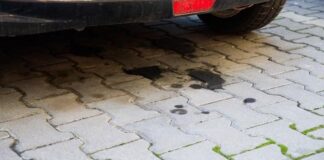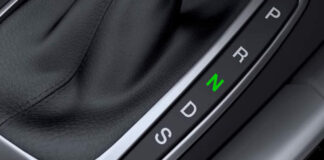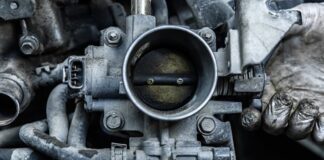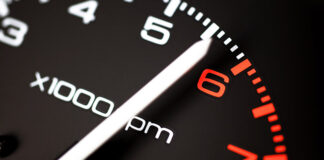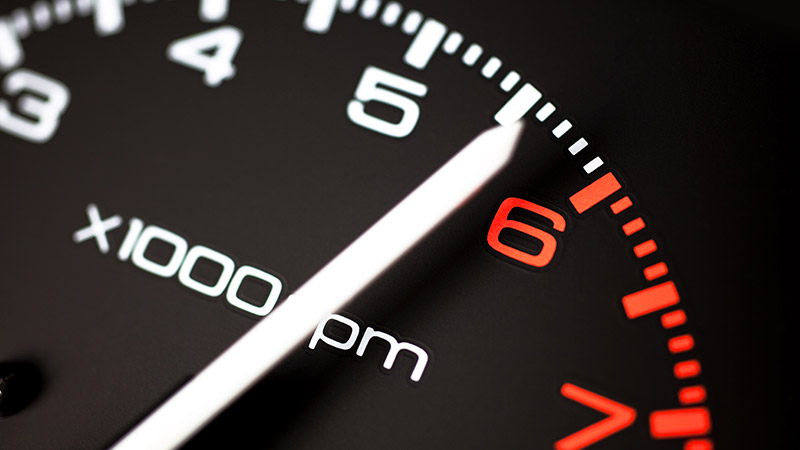Elevated idling occurs when a vehicle produces loud revving noises while stationary at a traffic light, stop sign, or when in park or neutral. The primary reasons for these high idling sounds include a faulty fuse, a vacuum leak, a malfunctioning control valve, or a defective coolant sensor.
What are the main causes of high idle in park and neutral?
Several factors can lead to a vehicle experiencing high idling when in park or neutral. However, not all causes are frequent or widespread. To simplify, we’ll outline the four most prevalent causes of high idling.
The four most common reasons an engine exhibits a noisy, rough, or unsteady idle when in park or neutral are listed below.
A faulty fuse – A blown fuse within the engine can disrupt the IAC motor’s operation, leading to an elevated engine idle speed.
A vacuum leak – This is a significant problem. When the oxygen sensor detects excess air entering the combustion system, the engine compensates by injecting additional fuel. This surplus of air and fuel, unneeded by the engine, results in a high idle.
A malfunctioning control valve – A defective control valve disrupts the consistent airflow into the engine. Without proper air intake, fuel delivery is also affected, which can cause the engine to stall.
A defective coolant sensor – A malfunctioning coolant sensor may incorrectly indicate that the engine is cold when it’s hot or hot when it’s cold. This misreading causes the engine to burn excessive fuel, leading to stalling, rough idling, or shaking.
What does high idle mean?
Idling refers to when a vehicle’s engine is running but the vehicle is not in motion. This happens at stop signs, while waiting for a traffic light to change, or when the vehicle is parked with the engine on.
Drivers often notice idling during heavy traffic. Most people are familiar with their vehicle idling in such situations.
High idling occurs when the engine produces excessive noise, vibration, or revving while in idle.
If your engine sounds like it’s racing at high speed while stopped at a traffic light, there’s an issue that needs immediate attention.
During normal idling, the driver and passengers should not experience excessive vibrations or hear unusually high- or low-pitched sounds from the engine.
What are the signs of high idling?
If your vehicle’s engine revs loudly, as if accelerating on an open road while stationary, it’s likely experiencing high idling. This condition also causes noticeable vehicle shaking.
Excessive shaking can harm various engine components. If your vehicle vibrates excessively, consult a mechanic promptly to prevent further engine damage.
Another indicator of high idling is increased fuel consumption for the same distance traveled. A normally idling engine burns minimal fuel when in park or neutral.
However, during high idling, the engine consumes significantly more fuel due to increased power demands, even when the vehicle is stationary.
How to address high idle problems
A skilled mechanic can resolve all issues causing rough idling. Below are the steps a mechanic or someone knowledgeable about vehicles would take to fix these problems.
The defective coolant sensor
Replacing a faulty coolant sensor resolves the issue. A new coolant sensor typically costs between $82 and $105. After installation, fuel efficiency improves, and the idle issue disappears.
The vacuum leak
Sealing the vacuum leak prevents excess air from entering the engine. This eliminates the need for additional fuel, allowing the combustion system to operate correctly.
The control valve
A control valve clogged with dirt, debris, or rust can be cleaned by a mechanic, restoring proper airflow into the engine.
A faulty fuse
Replacing a blown fuse restores proper function to the IAC motor in the air control system.
Conclusion
Fixing a defective coolant sensor, replacing a blown fuse, sealing a vacuum leak, or cleaning the control valve are the most effective ways to stop high idling in park or neutral. Symptoms include loud engine revving, excessive shaking, or a significant increase in fuel use.
Idling is a normal part of vehicle operation, but the sounds should remain within the expected range for the vehicle type. Diesel engines, for instance, are louder than gasoline ones but have distinct idling noises. Addressing high idle causes promptly is crucial to prevent further engine damage.

